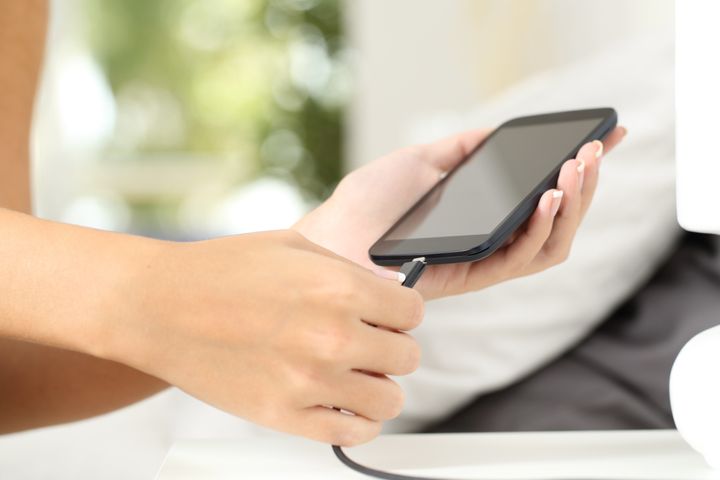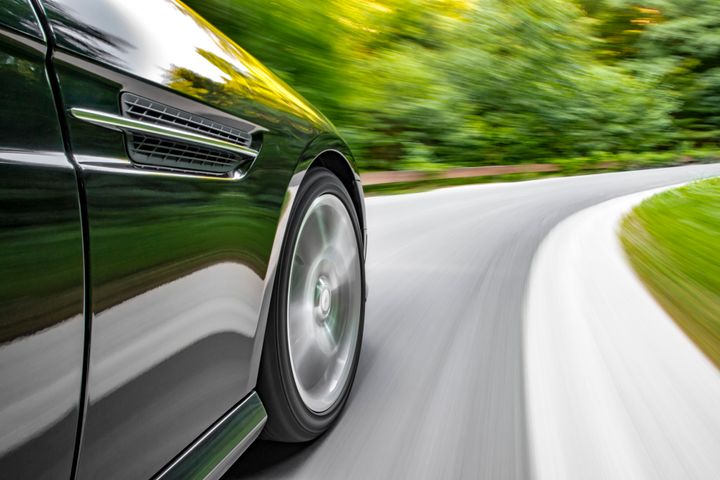Smartphones are great at doing just about everything except staying alive for more than a day.
Limited by the lithium-ion batteries that power them, even the most advanced smartphones can take hours to fully charge from nothing.
Now though, a team of scientists from the University of Waterloo have developed an alternative battery technology that can still hold the same capacity as before but could potentially be charged in just seconds.

These devices known as supercapacitors are capable of incredibly fast charging speeds but have always been limited by the fact they cannot store them amount of the energy required by modern smartphones.
This new breakthrough however effectively doubles the storage capacity of these supercapacitors, finally placing them within reach of the technology we currently use.
To achieve this, the scientists created a method where they would coat atomically thin layers of the superconductor graphene with an oily liquid salt.
This not only doubles the capacity of the battery by separating the sheets of graphene but the liquid salt also acts as the electrolyte needed to store the energy in the first place.
“We’re showing record numbers for the energy-storage capacity of supercapacitors,” said Michael Pope, a professor of chemical engineering who led the Waterloo research. “And the more energy-dense we can make them, the more batteries we can start displacing.”

In the short term Pope believes that this technology could be used to replace lead acid batteries in cars or to capture energy produced by cars braking.
In the long term however there’s every chance that these batteries could be used in consumer products including smartphones, tablets and portable games consoles.
“If they’re marketed in the correct ways for the right applications, we’ll start seeing more and more of them in our everyday lives,” Pope said.
